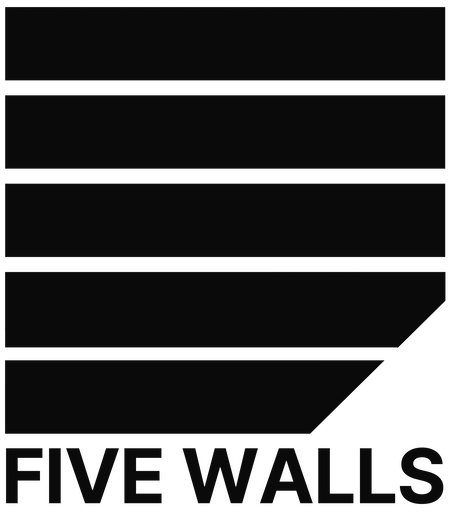[October 12 – 29]
A common definition of recovery is to get again.
In a new series of monochrome works I realize a type of readymade imagery through a process of adhering, curing and removing new material from a pre-existing surface. It’s an act of retrieval, evoking familiar processes such as frottage, casting and printing. The resulting imagery only partially recovers the look and sense of its referent, as the action of peeling away one surface stuck to another is inherently unreliable. As an accurate recording process it fails. Faithful passages of the original are randomly transferred but mimesis is always undermined by the inertia of the process, as it defaults to recording only itself.
Two monochrome paintings, produced by my late mother in 1974, act as donor surfaces. These ‘originals’ consist of white or grey pigment mixed with cement or sand, trowelled on to primed linen. Stones and seashells were occasionally embedded in the surface, emphasising the relief-like effect. The impasto surfaces capture the immediacy of a moment acted out 42 years ago. I view these originals as deeply provincial, representing little more than a version of a style viewed through period reproductions of International trends. It was like responding to a rumour, with my act of recovery (of getting again) a kind of extrapolation on the fiction of it all.
If, as T.J.Clarke asserts ‘Painting is a skin over an emptiness’ then Recovery Painting could be described as new skins produced from old skins. Clarke’s ‘emptiness’ is both material and metaphoric, the stuff of paint over primed surface and the meta-subject – that of painting always defaulting to itself. I imagine these new works existing in a type of purgatory where a full ‘recovery’ is not possible – a state of limbo where the Monochrome is forever infected by being both something specific and nothing in particular.
Adrien Allen, 2016






